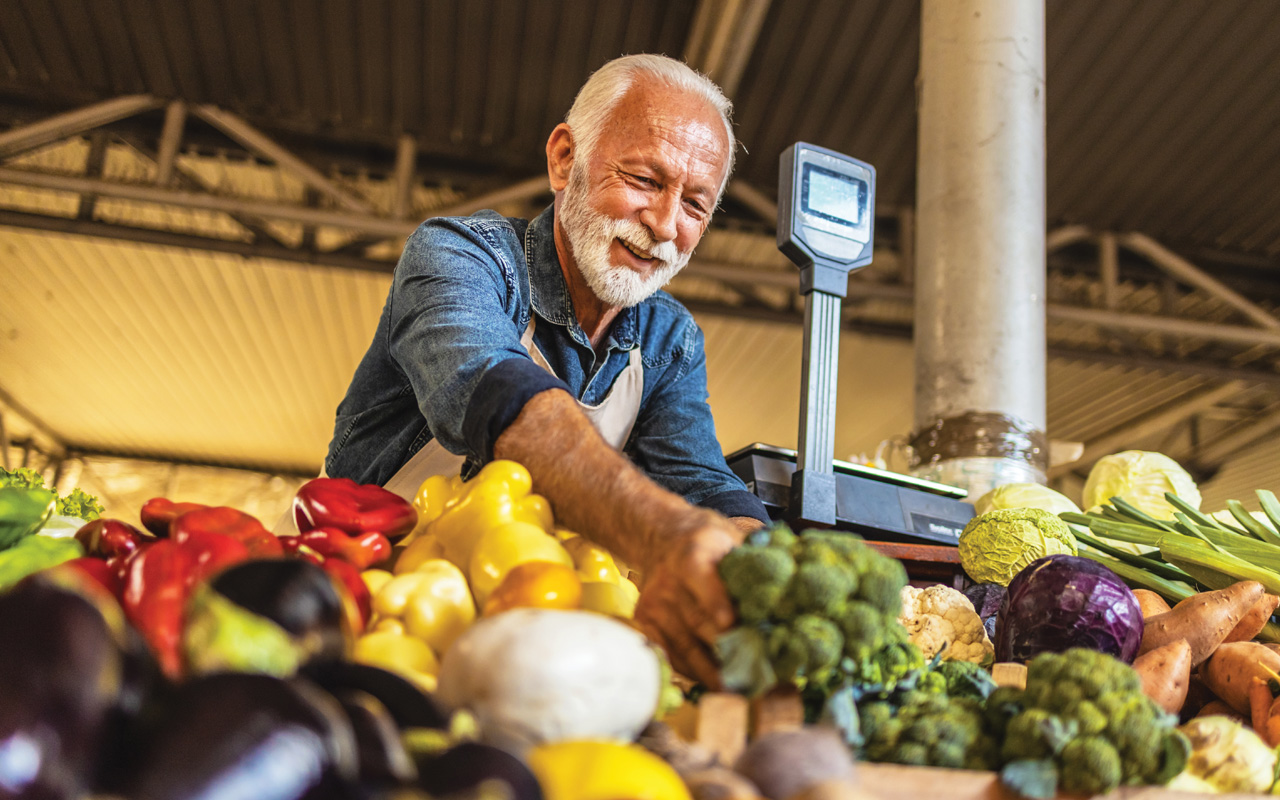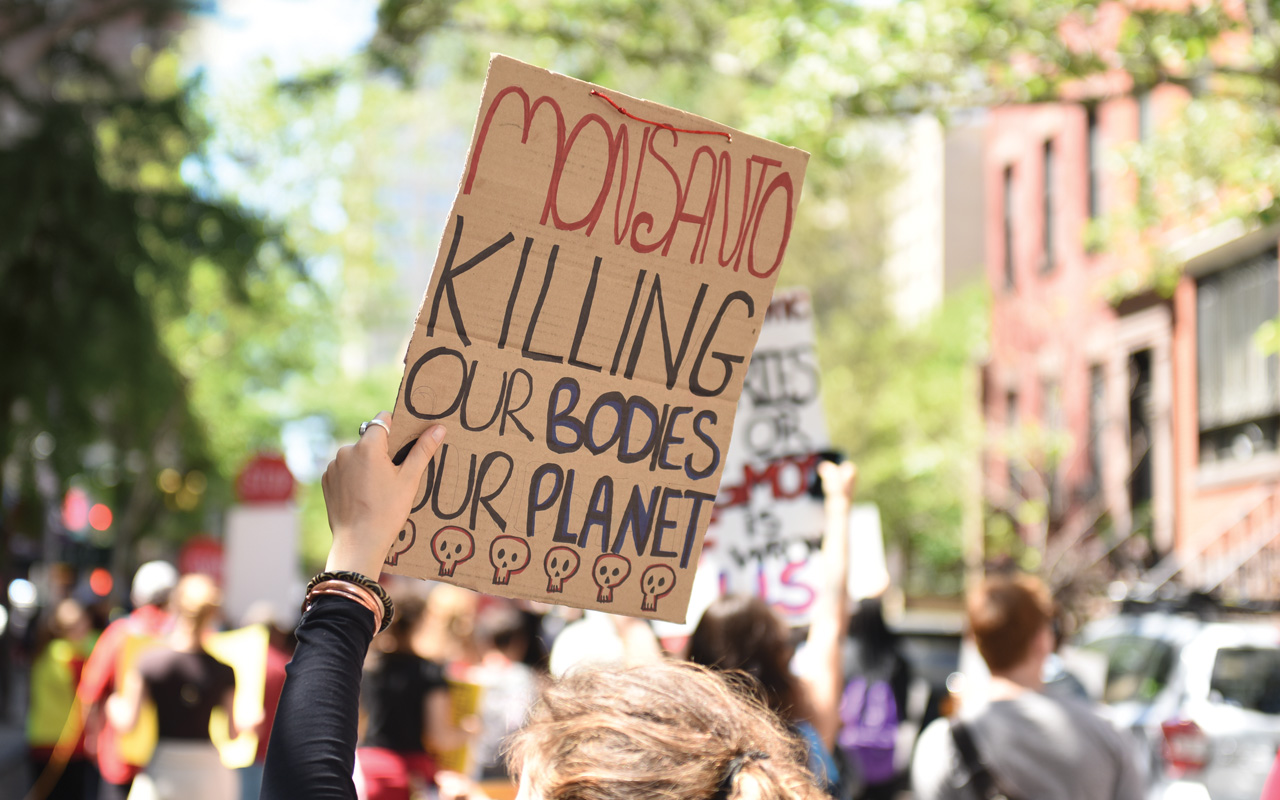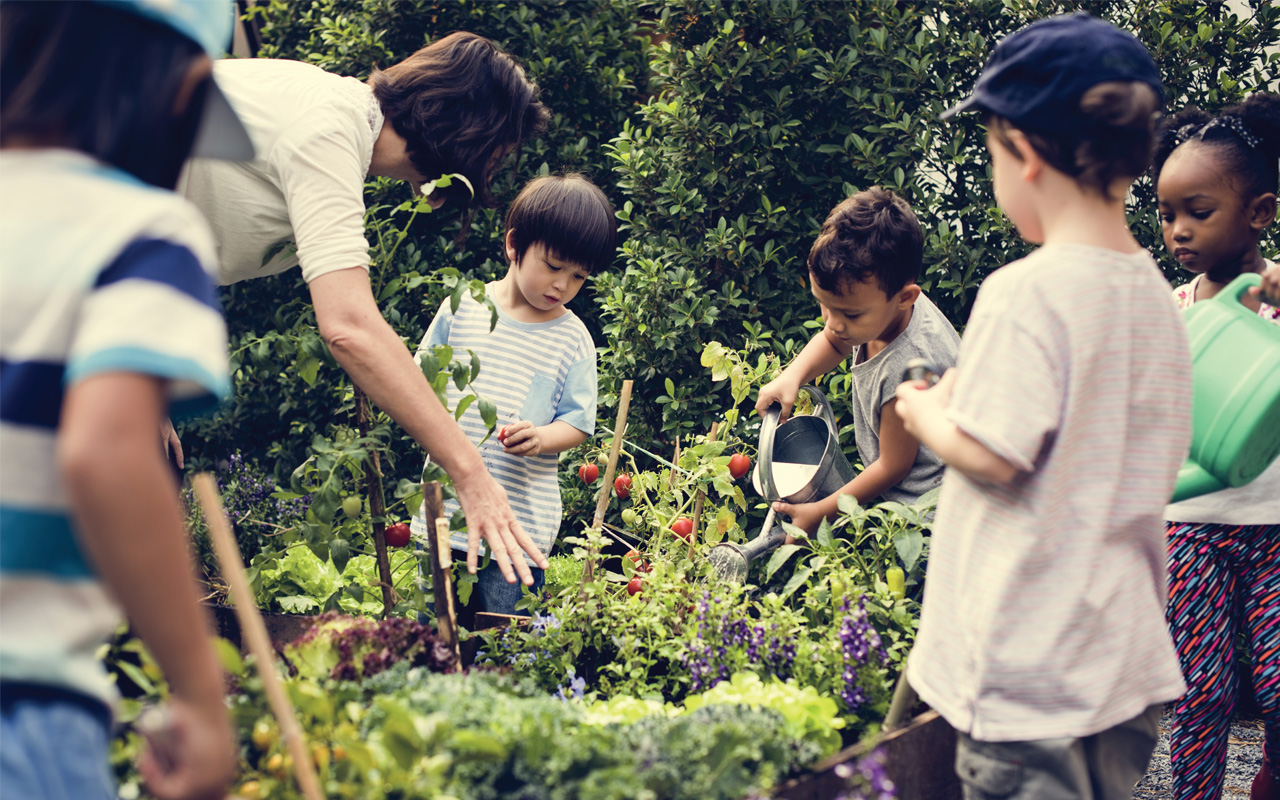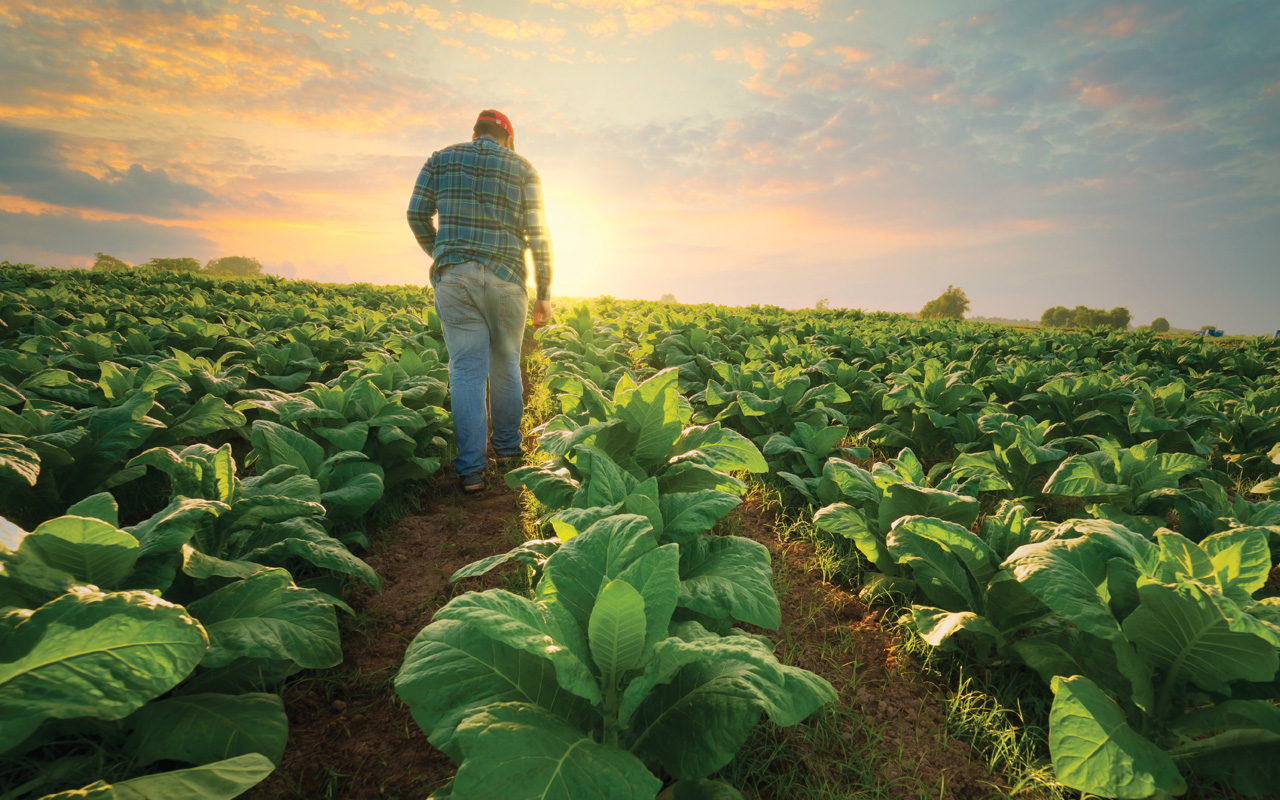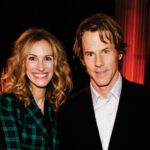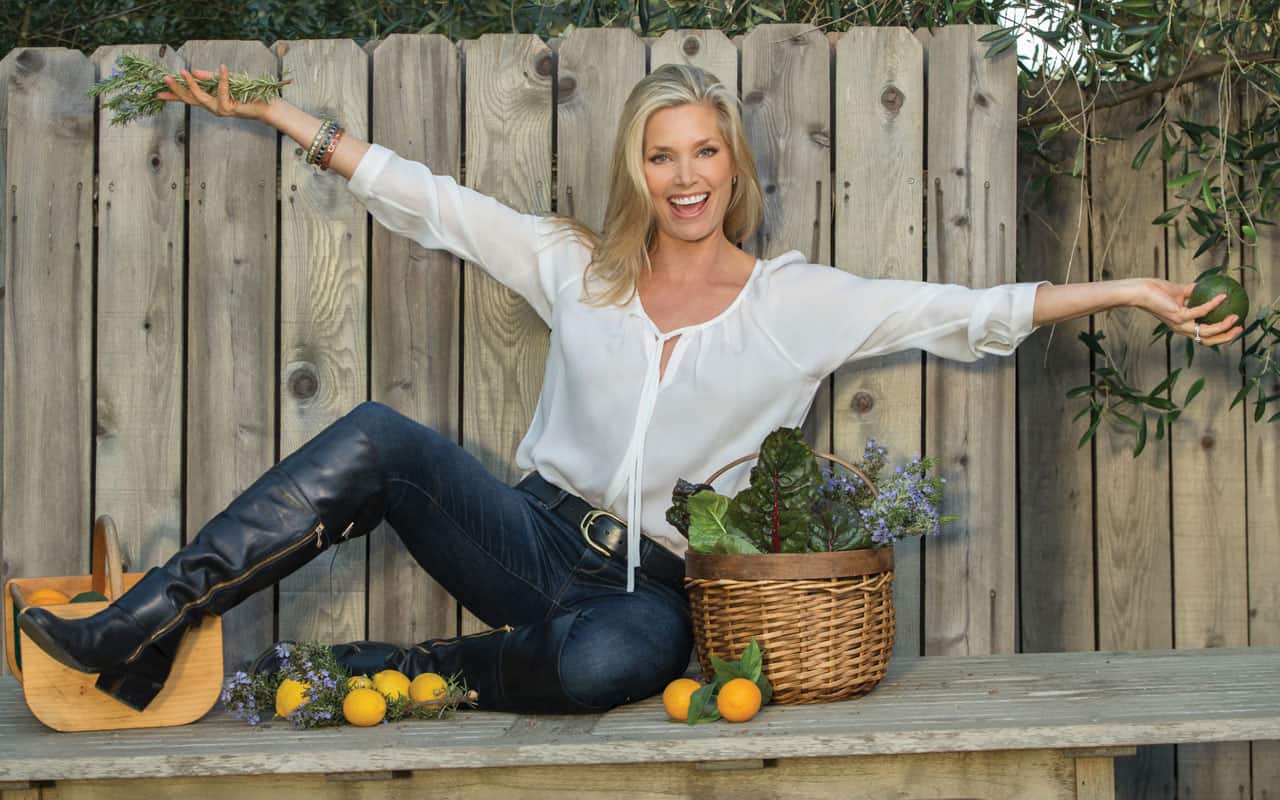
Exciting news! More and more people are starting to scrutinize the ingredients in their food, grasp how it is produced, and seek ways to foster a healthier America. Given the current health landscape in our nation, it seems we are on the verge of a significant shift in our understanding of a healthy lifestyle. One of my main inspirations for writing these articles is my mission to “change the world one seed at a time!” Since I began cultivating my own food, I have felt a strong desire to share this message with others. I hope it inspires you to embark on a similar journey.
FOOD: A WHIRLWIND OF CONFUSION
For many of us, grocery stores and farmers markets are the closest experiences we have to a vegetable garden. Most people remain unaware of the intricacies involved in food cultivation, particularly concerning sustainable and organic practices. We often lack knowledge about the chemicals used on the fruits we serve our children or the true nature of GMOs. With the fast pace of life, it can be difficult for parents to decide which water to buy, whether milk is healthy for our kids, or if they should choose alternatives like almond or coconut milk. Terms such as pasteurized, homogenized, and fortified can be perplexing. Why does milk have such a long shelf life? And what about eggs, meat, and processed foods? What is gluten, and why is it deemed unhealthy? Reading through the extensive ingredient lists on processed foods—which make up 76.9% of what’s available in stores—can easily consume a whole day.
WHAT BROUGHT US HERE?
Until the mid-1970s, we had a remarkable diversity of organic farms with minimal pesticide use. The nutritional content of food was still significantly higher than it is today. With advancements in food technology came extended shelf life, introducing a plethora of emulsifiers, preservatives, and artificial sweeteners that replaced full-fat dairy, leading to the rise of low-fat and sugar-free products at the expense of our health. This marked the beginning of an influx of harmful ingredients infiltrating many foods.
At this time, wheat—the world’s most popular grain—began to pose serious risks to human metabolism. Once nutritious in ancient times, modern wheat has been so hybridized for higher yields that it has lost over 30% of its nutrient content compared to its ancestral form. The balance and ratios created by nature were altered, and human digestion struggled to adapt. Consequently, gluten emerged as a protein of concern, leading to the increased popularity of gluten-free foods.
The term dairy-free was once absent from food labels. As milk became increasingly harmful due to antibiotics, growth hormones, and pasteurization, more individuals fell ill in the 1980s and beyond, as factory farms produced a liquid with virtually no nutrition. With the rise of veganism, many people are now opting for dairy-free products due to the toxic nature of processed cow milk.
MY PASSION TO CHANGE THE WORLD “ONE SEED AT A TIME”
My journey began in 2007 when I got married and moved to San Diego, where we purchased a home with plenty of land. After my husband encouraged me to buy a greenhouse, I felt inspired to put it to use by growing food. I made numerous mistakes at first, but surprisingly, my garden flourished.
My garden yielded such an abundance that I became overwhelmed with the harvest. It was nothing short of extraordinary. I reconnected with nature, revisiting a world I had almost forgotten. Remember the days we spent outdoors, climbing trees and riding bikes? We appreciated the beauty of the natural world back then, but as we grew older and busier, we often overlooked the small wonders around us. We ceased to look up and missed simple joys, like birds taking dust baths at sunset or baby birds calling for their mothers in spring. We neglected to cherish the changing seasons and the tiny creatures surrounding us.
Farmer selling his vegetables at a farmers market
In that moment of realization, I recognized the potential impact I could have. I felt driven to show how a single seed could transform lives. For instance, nurturing something as basic as a tomato plant can shift your view on food, influence your care for the planet, and enhance your health. I knew I had to take action.
I created a television show called “SIMPLY LIVING,” aimed at educating people about the origins of their food. I partnered with a showrunner, and together we pitched the idea to various networks around 2011. However, the networks were hesitant to embrace a show focused on organic and seasonal themes, fearing it would alienate advertisers. Consequently, that opportunity fell through. Later, a friend’s husband, who managed talent for radio, suggested that my show would thrive on the new podcast platform being launched by iHeart Radio. I decided to give it a try.
From 2013 to 2014, I hosted a podcast titled “FOOD MADE SIMPLE.” My goal was to empower my audience to better understand their food, enabling them to lead happier and healthier lives. My listeners gained valuable insights from interviews with a wide range of experts, including doctors, naturopaths, chefs, farmers, and more. After dedicating over a year to that endeavor, I chose to change course due to the significant effort required and the slow growth of my audience. The platform was still emerging. During this time, I began writing gardening articles for Westlake Malibu Lifestyle, contributing to them for over ten years.
My growing passion has led me to experiences I never imagined. All it takes is planting one seed and witnessing the transformation. I was invited to create a vegetable garden in “Holly Grove,” named “The Giving Garden,” designed for homeless and foster children who have faced difficulties in life. This garden aims to teach these children that with proper nourishment and care, the seeds they plant can grow into resilient, productive, and beautiful plants that yield food for many. They can also save the seeds and restart the cycle. My daughter and I took part in the entertainment committee for their fundraiser, introducing a growing theme for the event. Instead of a traditional sit-down dinner, we set up food stations centered around cultivating healthy food, using fresh herbs and edible plants as centerpieces. This approach was novel for them and received an enthusiastic response. I have volunteered with “Feeding America” and helped in my children’s elementary school garden, sharing the joy of growing food with the kids. I was also invited to speak at my local garden club and in my community. All of this came about unexpectedly because I started growing my own food.
I hope my years of writing this article have ignited your curiosity about your food and inspired you to change your eating habits. If so, you’ve likely motivated many others along the way, often without even realizing it.
YOU CAN DO IT!
By growing your own food, you will inspire others to do the same. Sharing your harvest will open the eyes of friends and strangers to the taste of fresh, homegrown food, encouraging them to seek that experience again. Trust me, you will have more produce than you can consume alone. Consider donating the surplus to food banks, volunteering to feed the homeless, and teaching them about the benefits of fresh food compared to the center aisles of grocery stores. Educate children in local schools by getting them involved in gardening, providing them with early lessons on food cultivation and the wonders of nature. Did you know that many children and even adults are unaware of the stages of a growing plant? They may have never tasted a tomato right after it was picked. Create a community garden in your neighborhood. Support politicians who aim to expose shortcomings in food agencies and advocate for a healthier America.
We have a significant journey ahead in educating people about their food choices. Many unhealthy ingredients are hidden within the majority of foods consumed by Americans. As one of the highest-income nations, we also face the highest levels of preventable chronic diseases, grappling with the consequences of the fast-food industry.
My hope is that individuals will strive for better health and recognize the pressing issues before them. As we approach the new year of 2025, we all have a role to play. What will yours be? Growing your own food can ignite your energy and passion to contribute to this change. Remember, a single seed has the power to transform your life—and perhaps even the world.
Now, it’s your turn!
Kelly Emberg, the model gardener
For more gardening tips, follow me on
Facebook, Instagram, YouTube & Twitter.
www.kellyemberg.com
Monsanto protest

